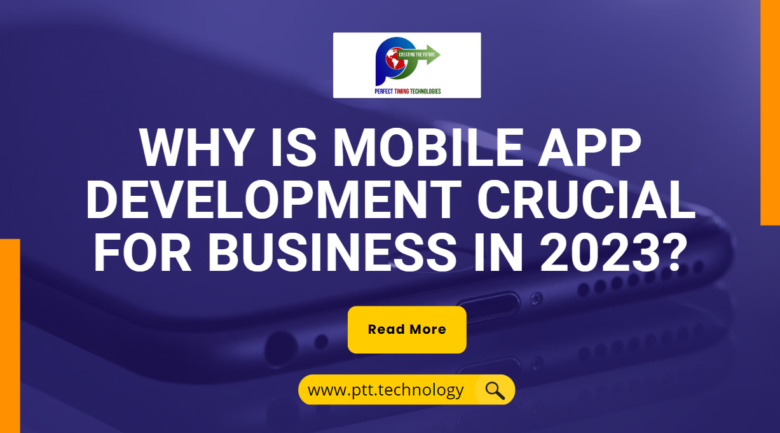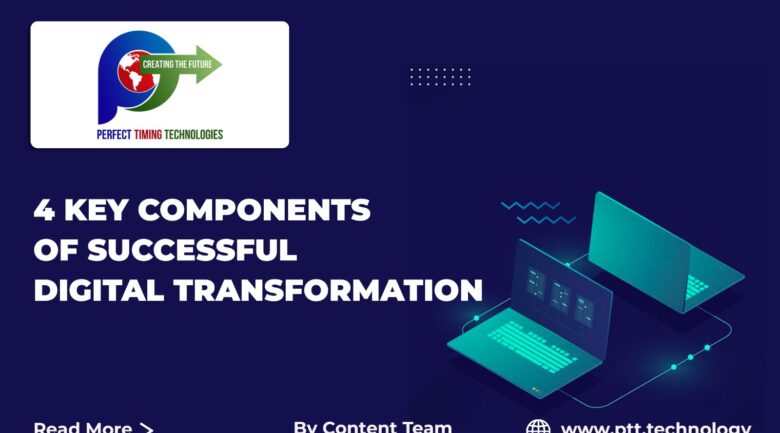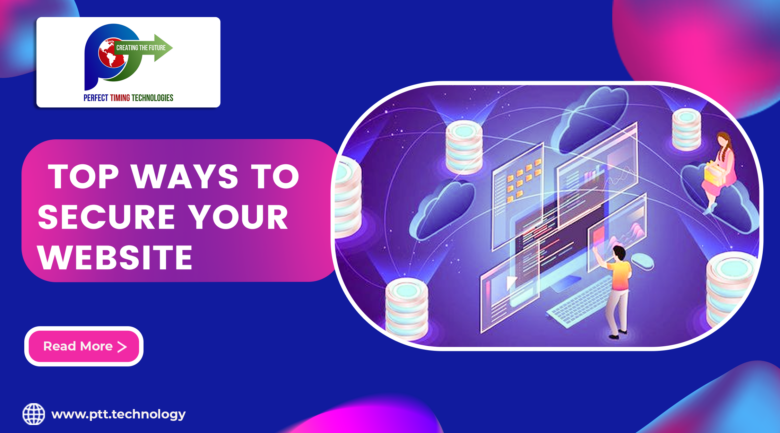
Modern business enterprises cannot survive in today’s digital marketplace without having transformed to meet evolving customer demands. Data visualization is a crucial element for modern business organizations. Data visualization helps business’ top management teams to make well-informed decisions. Over the years numerous data visualization tools have emerged as a result of the growing significance of data analytics.
Today, we shall dive deeper into the concept of data visualization and its scope in the future.
How is Data Visualization Defined?
Data visualization is the graphical representation of data and information. It uses visual elements like charts, graphs, and maps to help viewers understand complex data sets and trends without hassle. Patterns, trends, and correlations that might not be apparent in text-based data can be quickly identified by presenting data visually.
Data visualization tools are widely used in business, science, technology, and social sciences to communicate information clearly and efficiently. It is an essential tool for data analysis and decision-making among organizations, as it allows stakeholders to grasp concepts and make informed decisions based on data.
The Future Scope of Data Visualization
The future scope of data visualization is vast and exciting, driven by several key trends and developments. It is likely to be shaped by technological advancements such as the increased use of AI and machine learning, the proliferation of IoT devices generating massive amounts of data, and the continued demand for more intuitive and accessible ways of understanding complex information. As these trends continue to evolve, we can expect data visualization to play an increasingly important role in how we interact with and understand data in the future.
Let us talk about the future possibilities of data visualization in the modern business era.
1.Advanced Technologies: With continued technological advancements, we expect more sophisticated and immersive data visualization experiences in the coming years. It would include increased use of augmented and virtual reality and also the integration of AI and machine learning for more intelligent and automated visualizations.
2.Big Data and IoT: The proliferation of IoT devices and the exponential growth of data across industries would mean an increasing need for efficient data visualization tools and techniques to make sense of the vast amount of information. Data visualization will remain crucial in helping business organizations derive actionable insights from their data.
3.Interactive and Real-time Visualization: A growing demand for interactive and real-time data visualization has emerged strongly to allow users to explore data and gain insights dynamically. This trend will continue to evolve as technology enables more responsive and interactive visualizations.
4.Ethical and Responsible Data Visualization: With increasing concerns about data privacy surrounding the dangers of cyber threats, modern business organizations emphasize prioritizing ethical and responsible data visualization practices. It includes ensuring that visualizations accurately represent the underlying data and do not perpetuate harmful stereotypes or misinformation.
5.Integration with AI and Analytics Platforms: Data visualization tools will become more tightly integrated with AI and analytics platforms, providing users with more seamless and intuitive ways to explore and visualize data.
Conclusion
The future of data visualization is bright, with opportunities for innovation and growth in various industries and sectors. As data continues to play an increasingly important role in decision-making, the ability to effectively visualize and communicate data insights will be a valuable skill.
We have expert IT professionals to cater for all kinds of business needs. Call us today to get your IT needs fulfilled.







